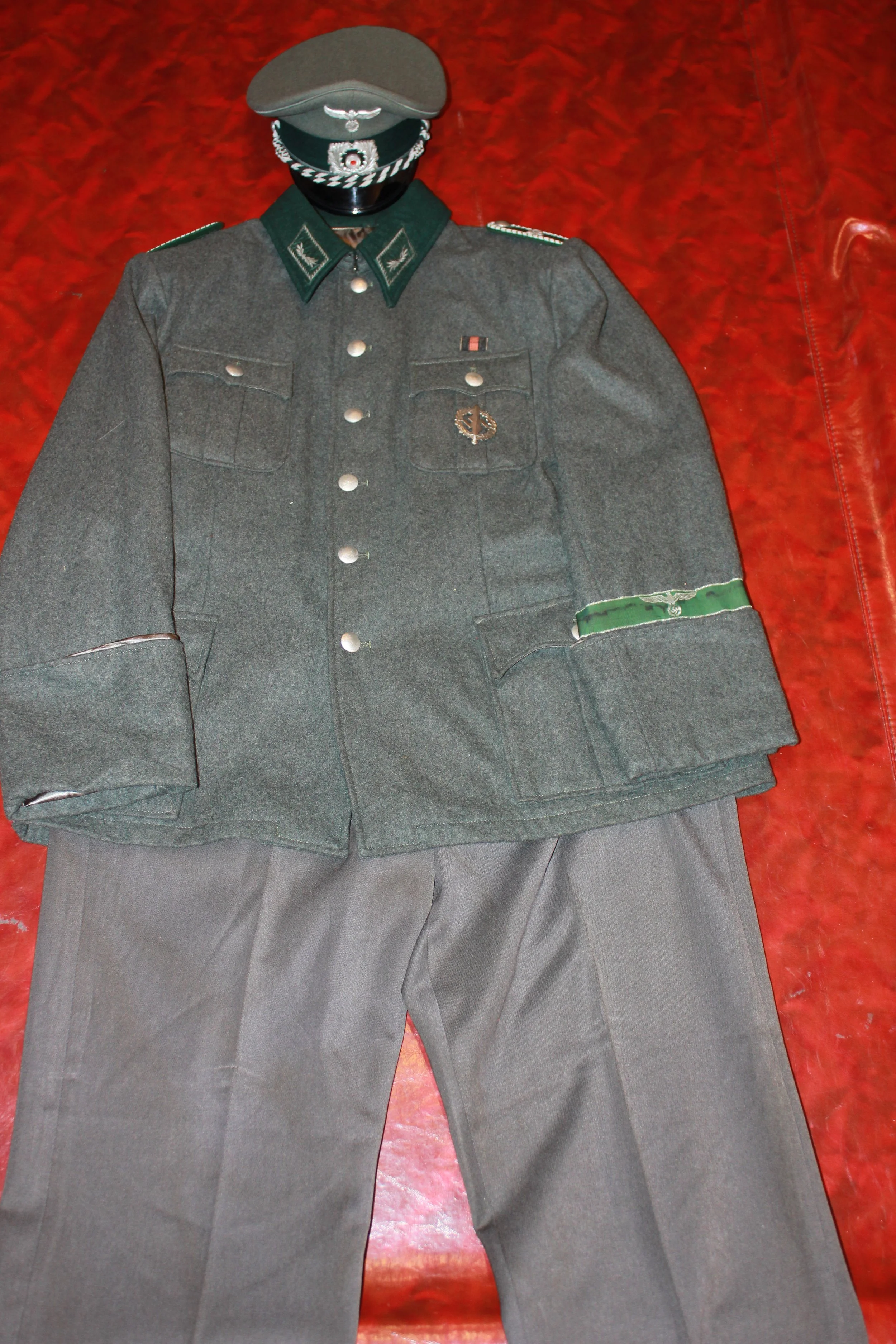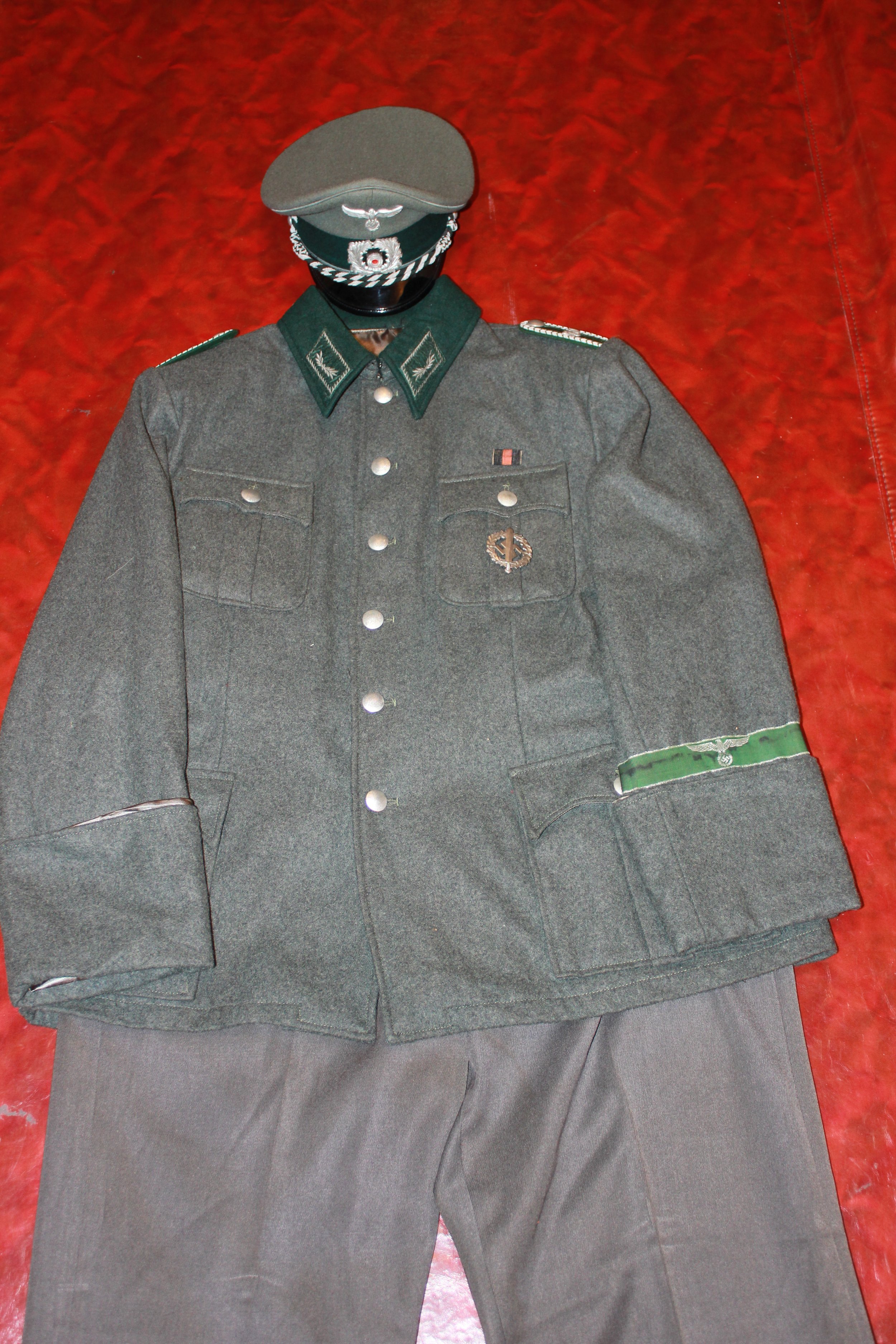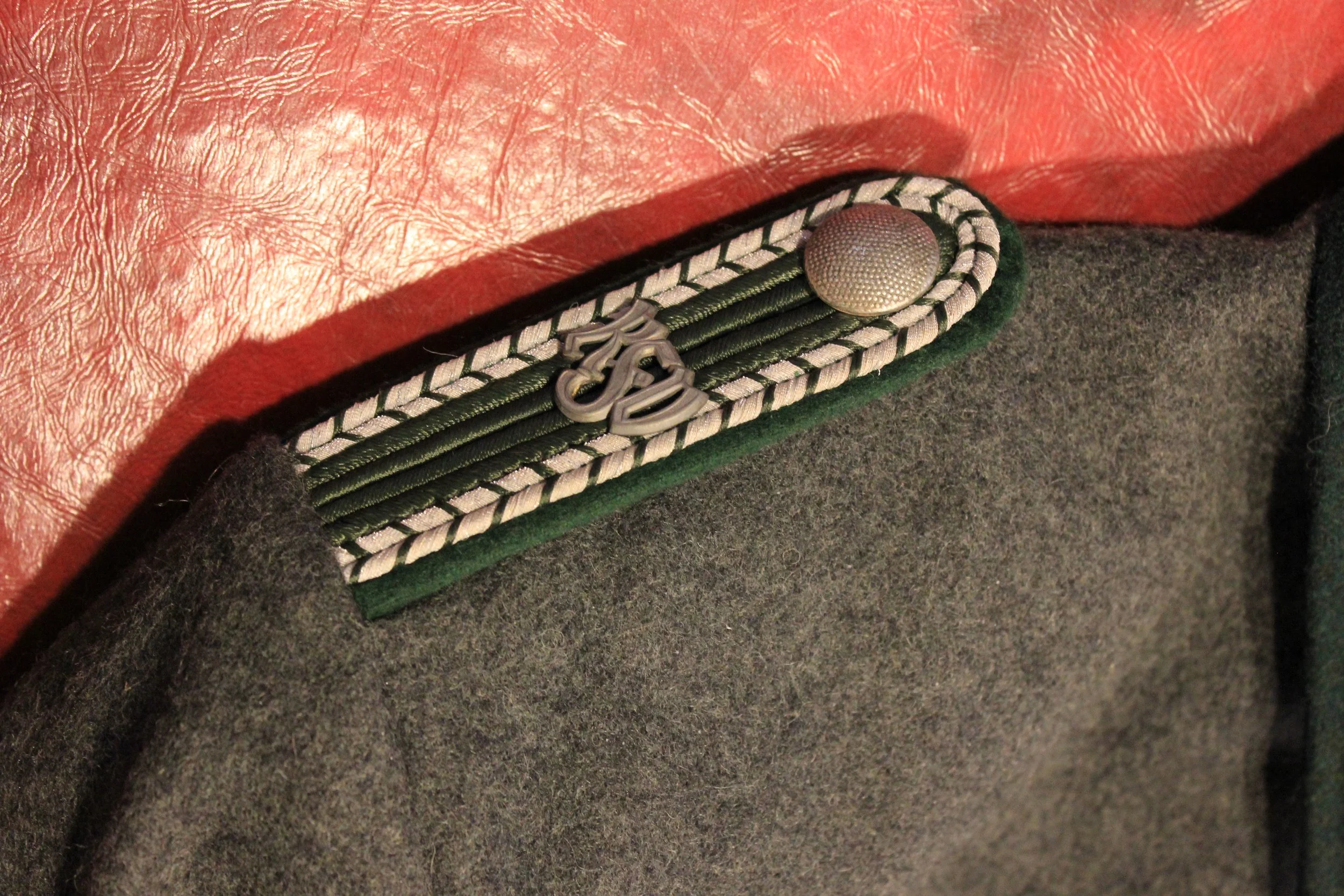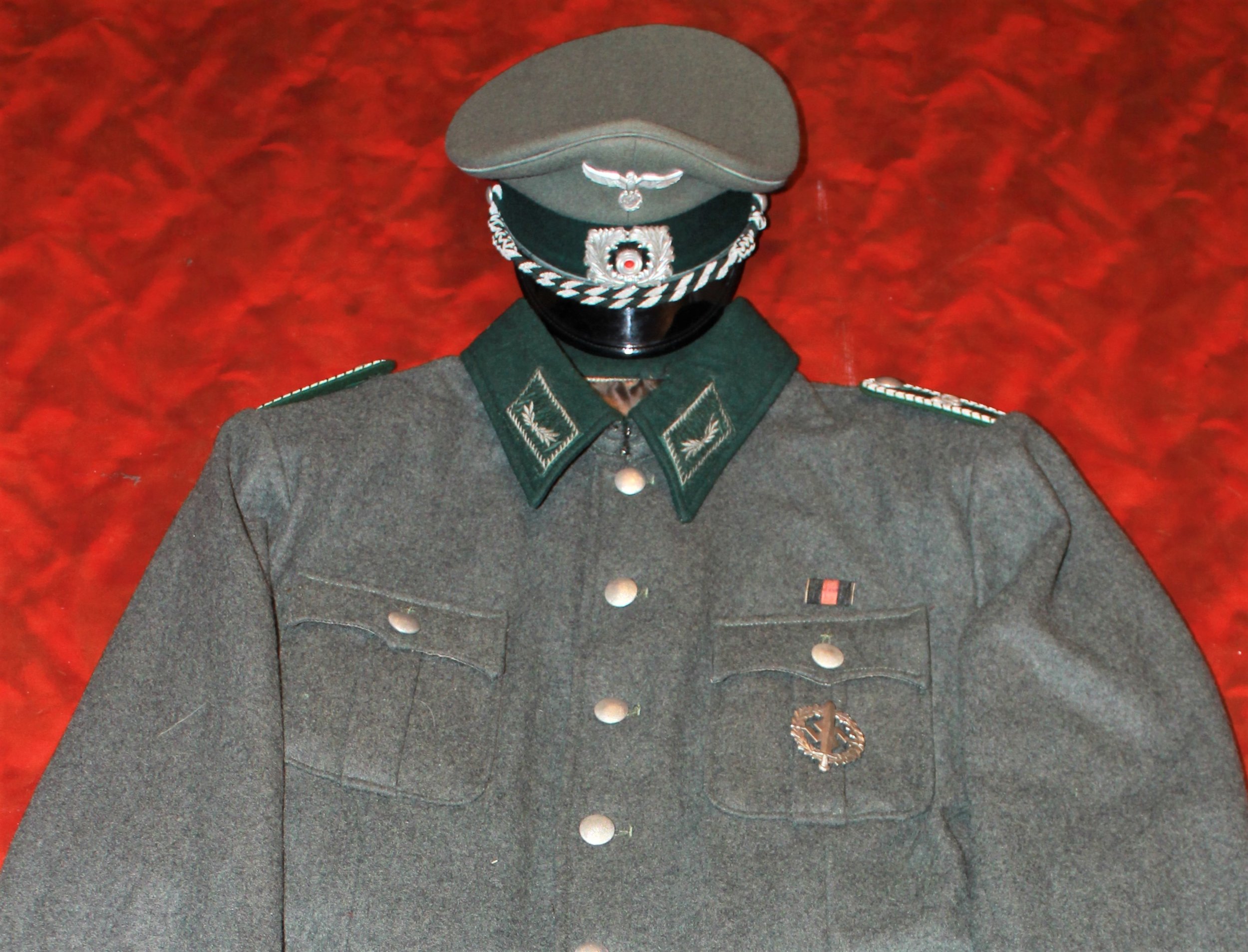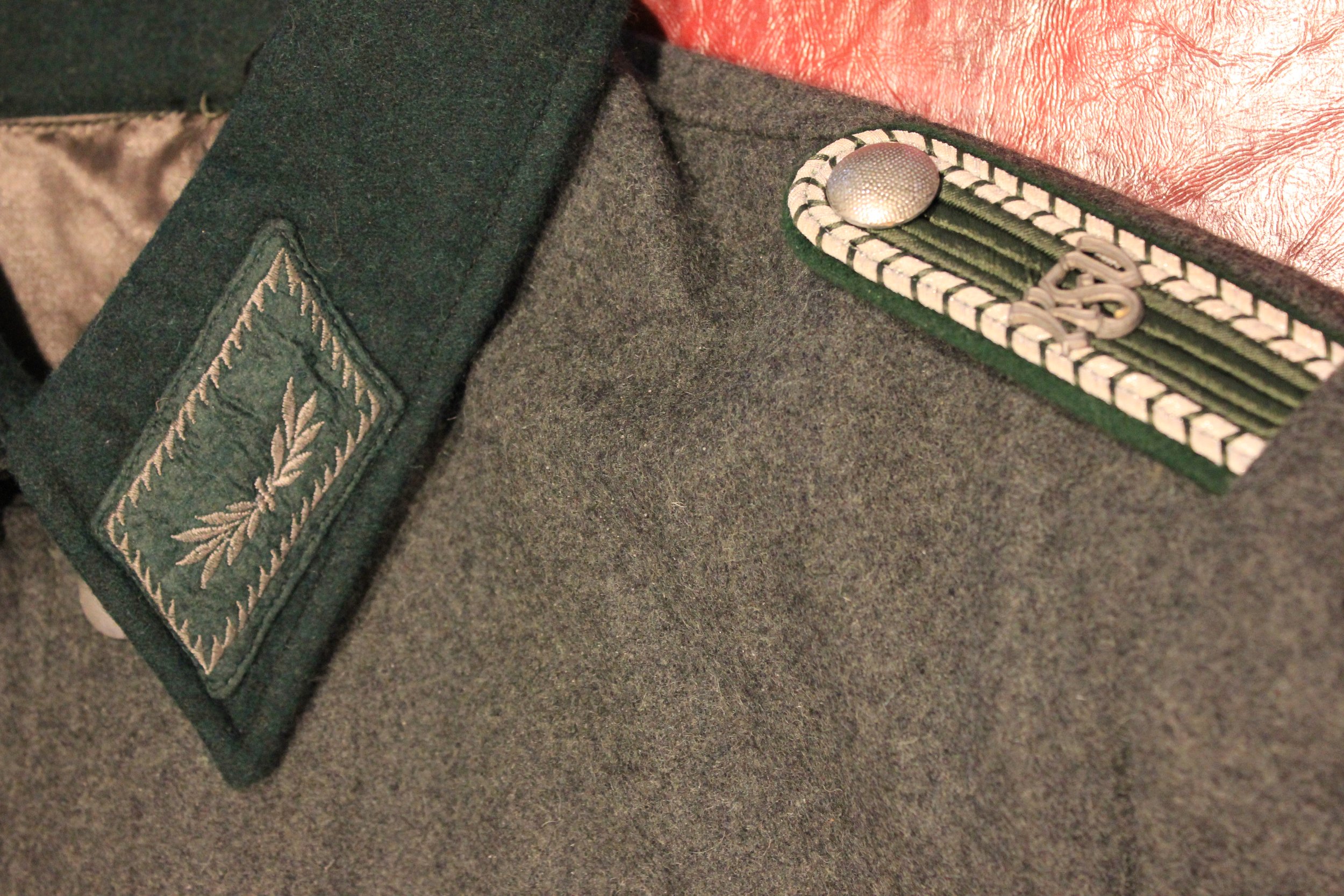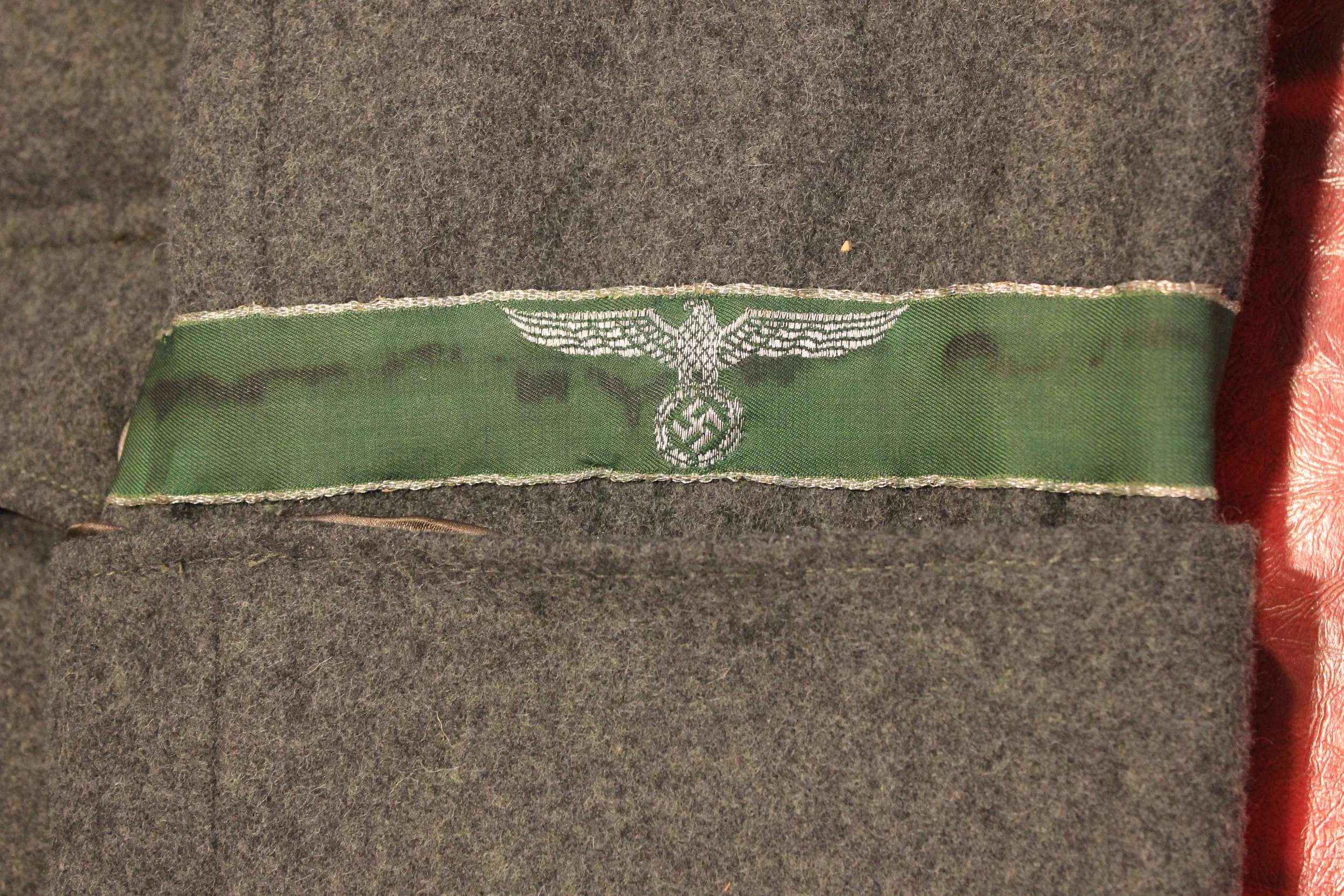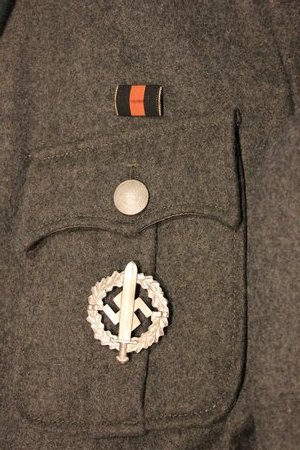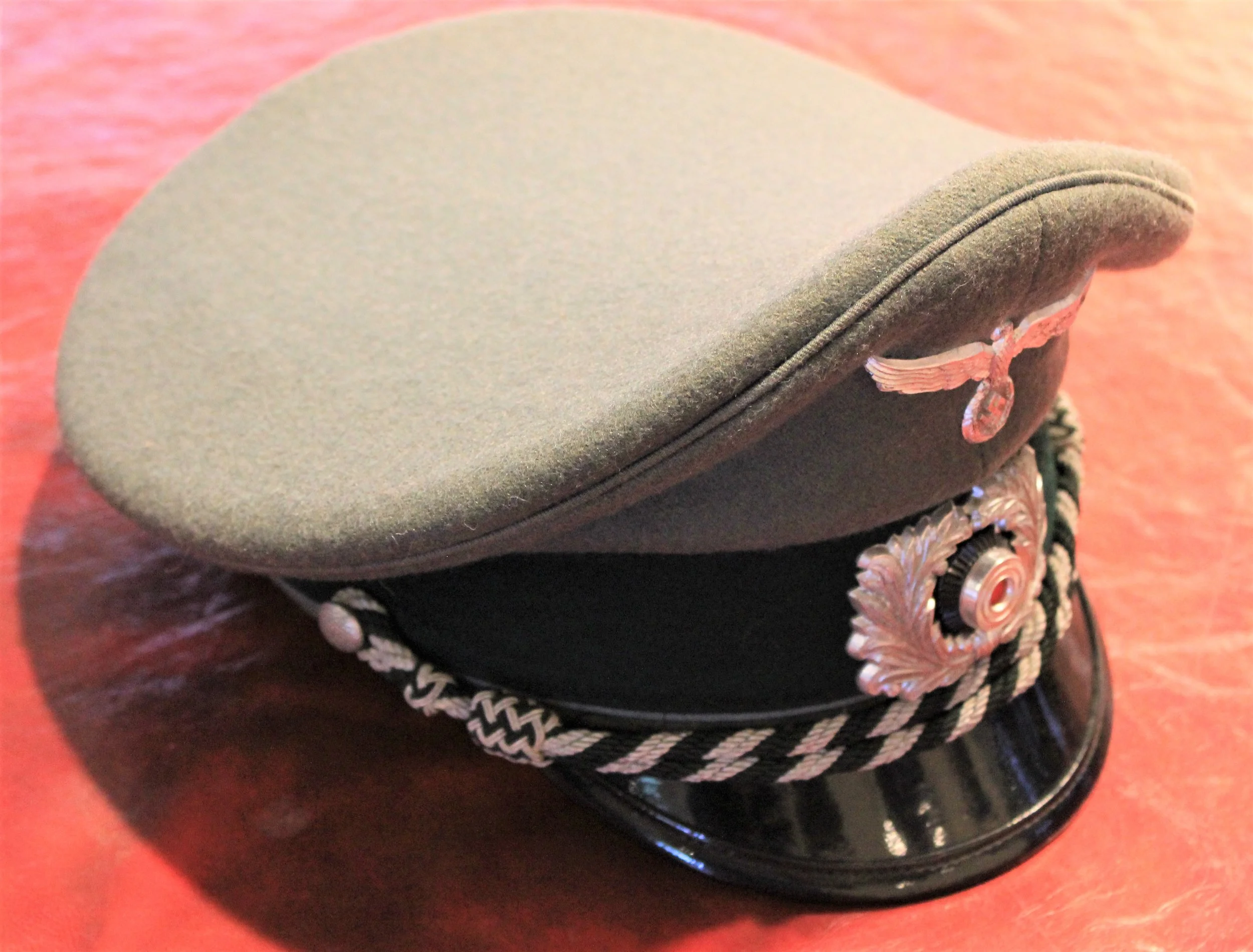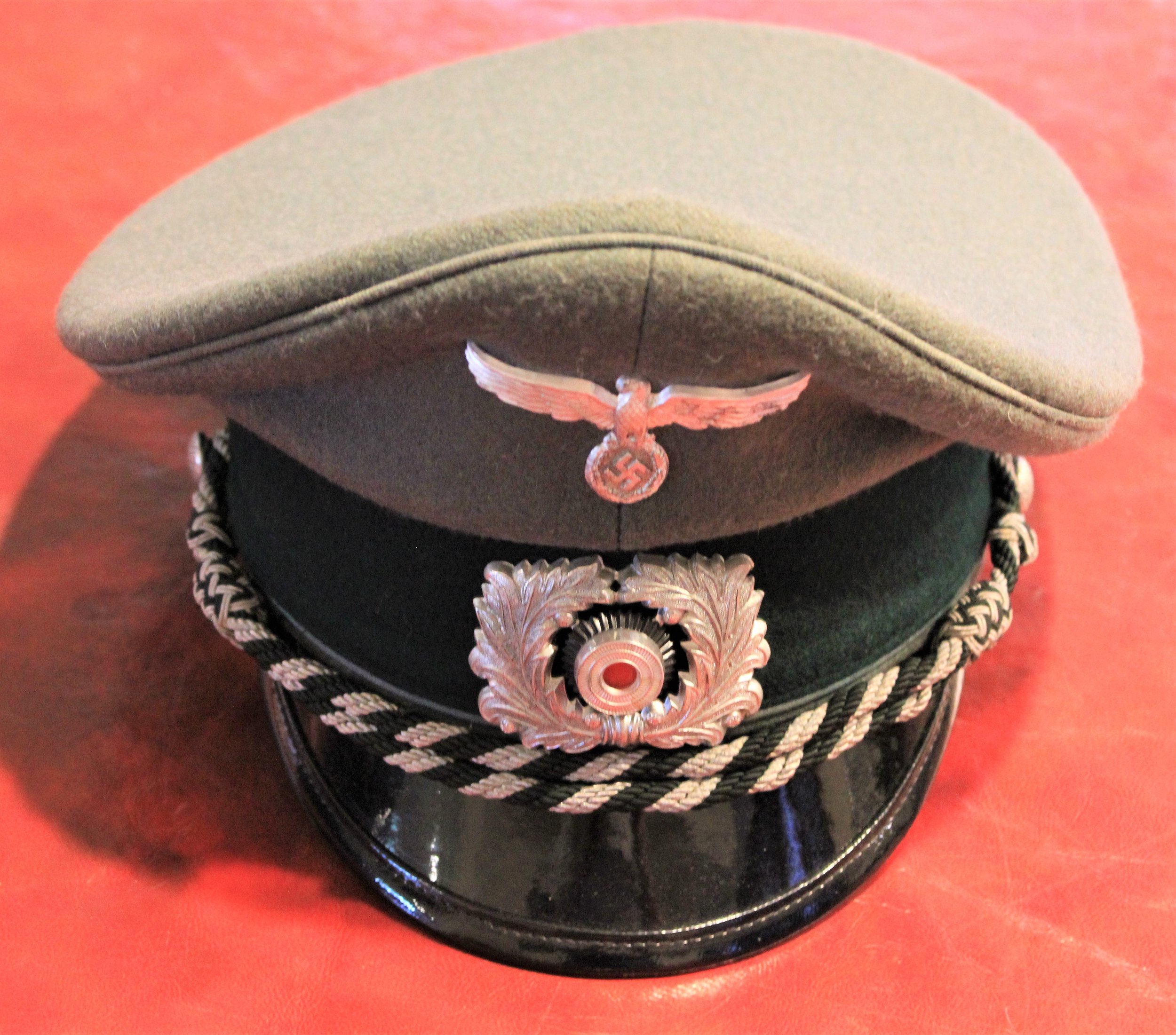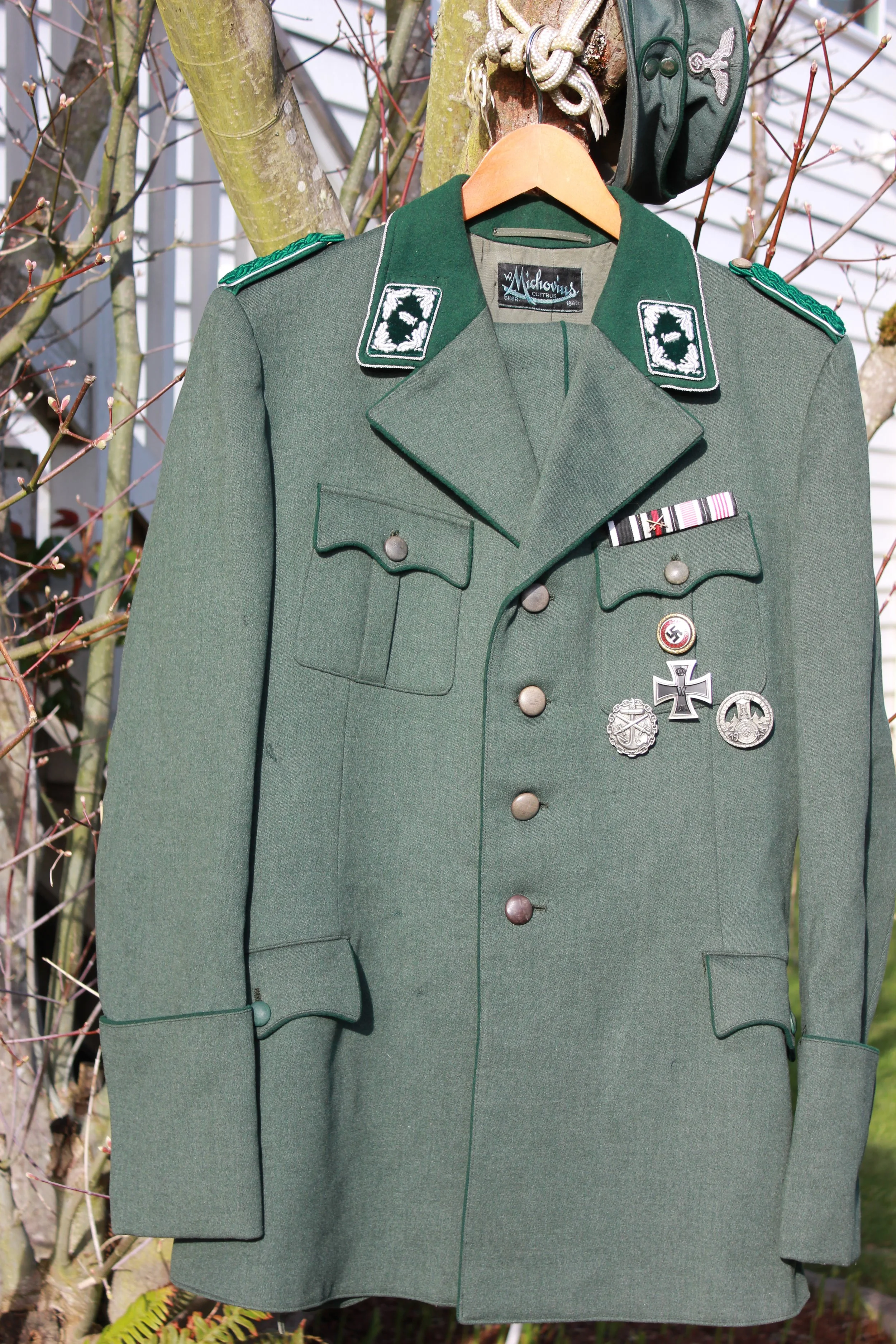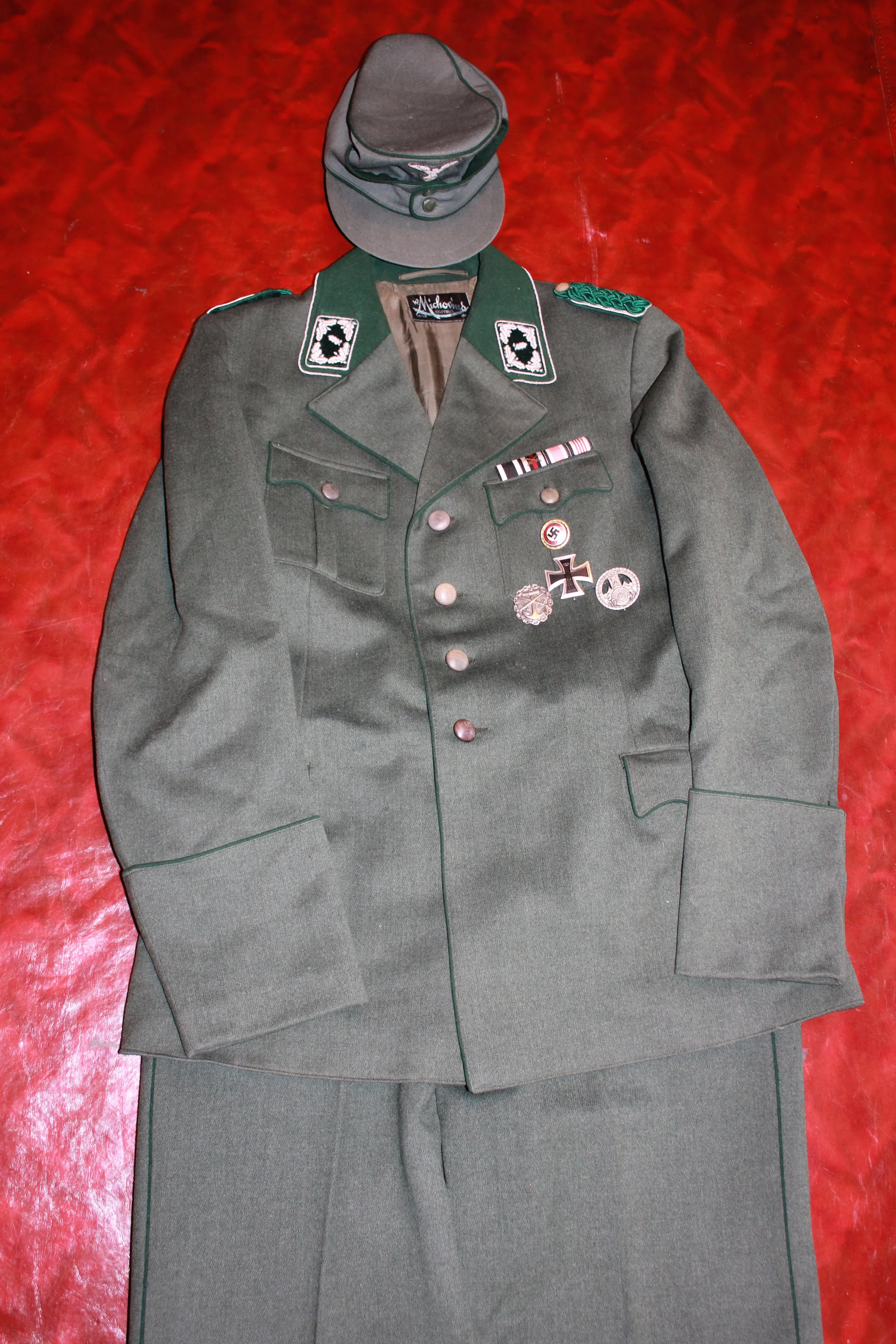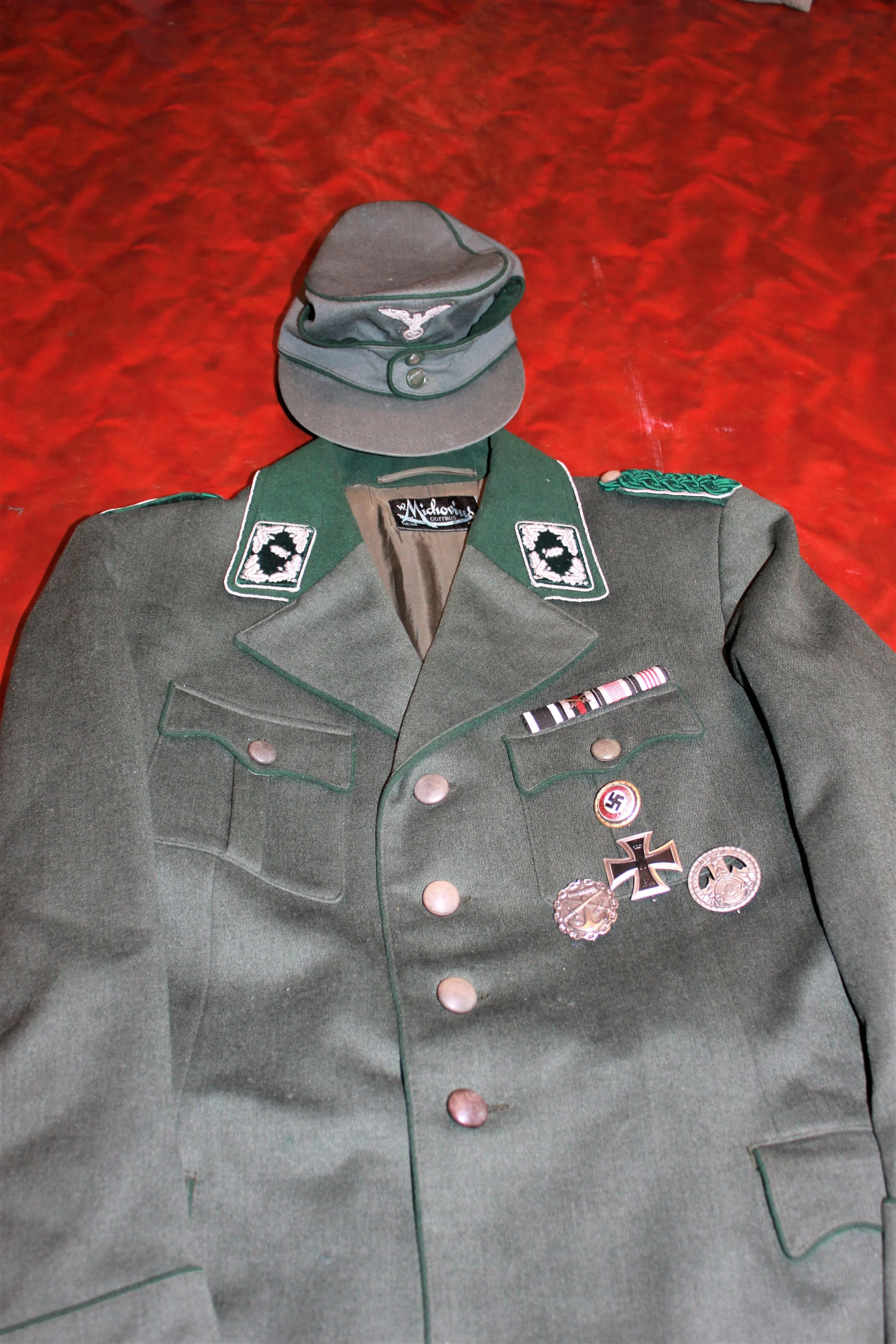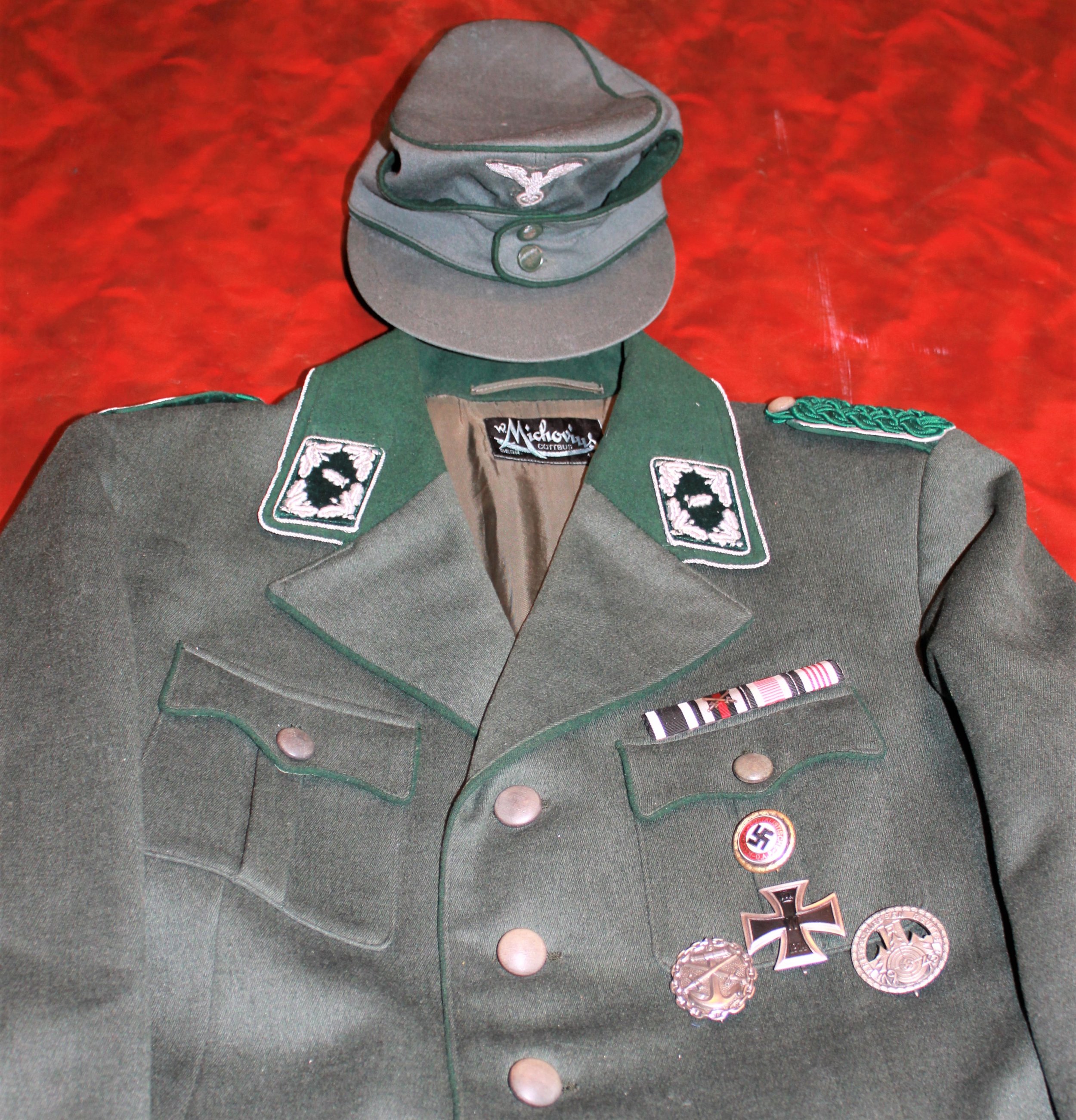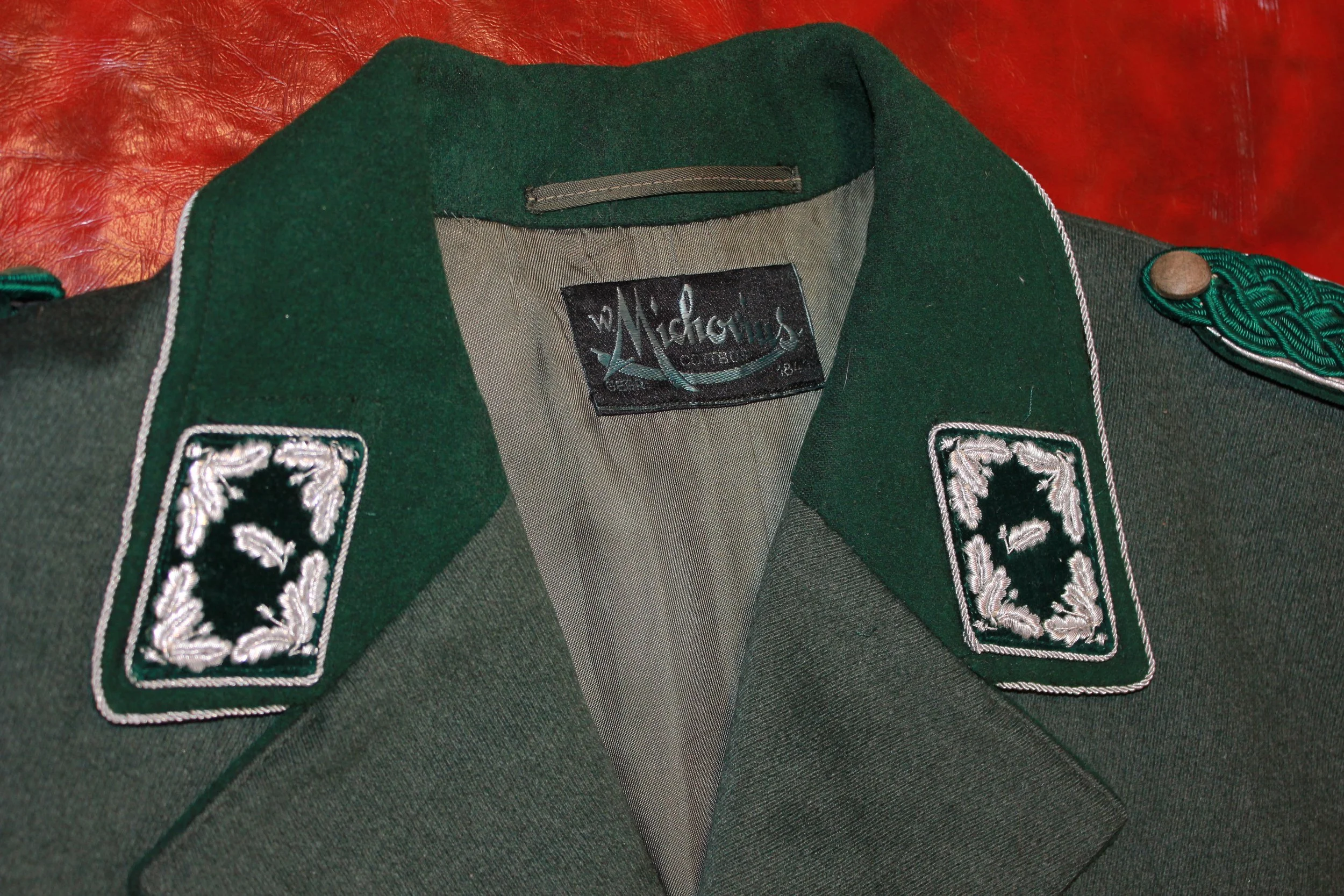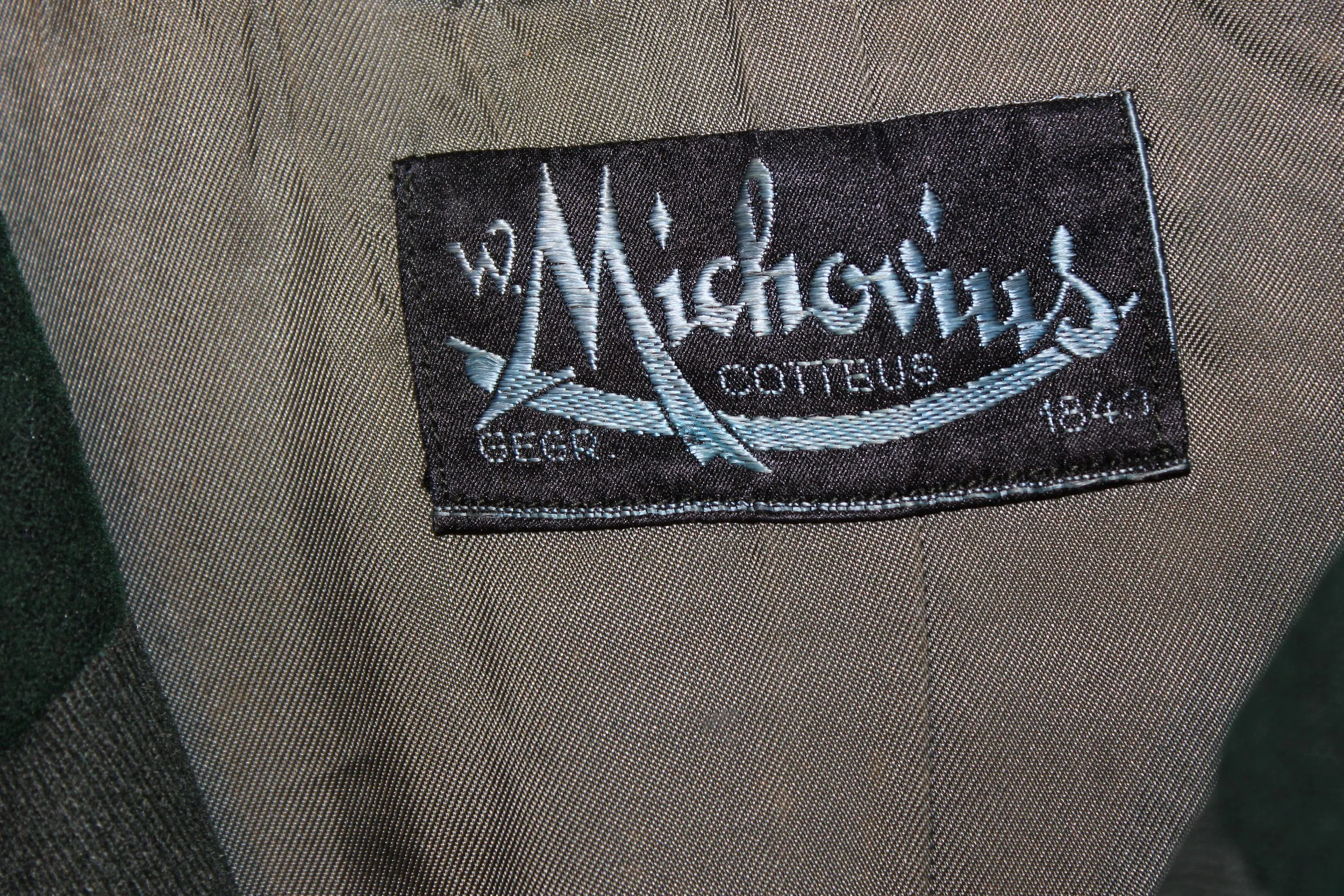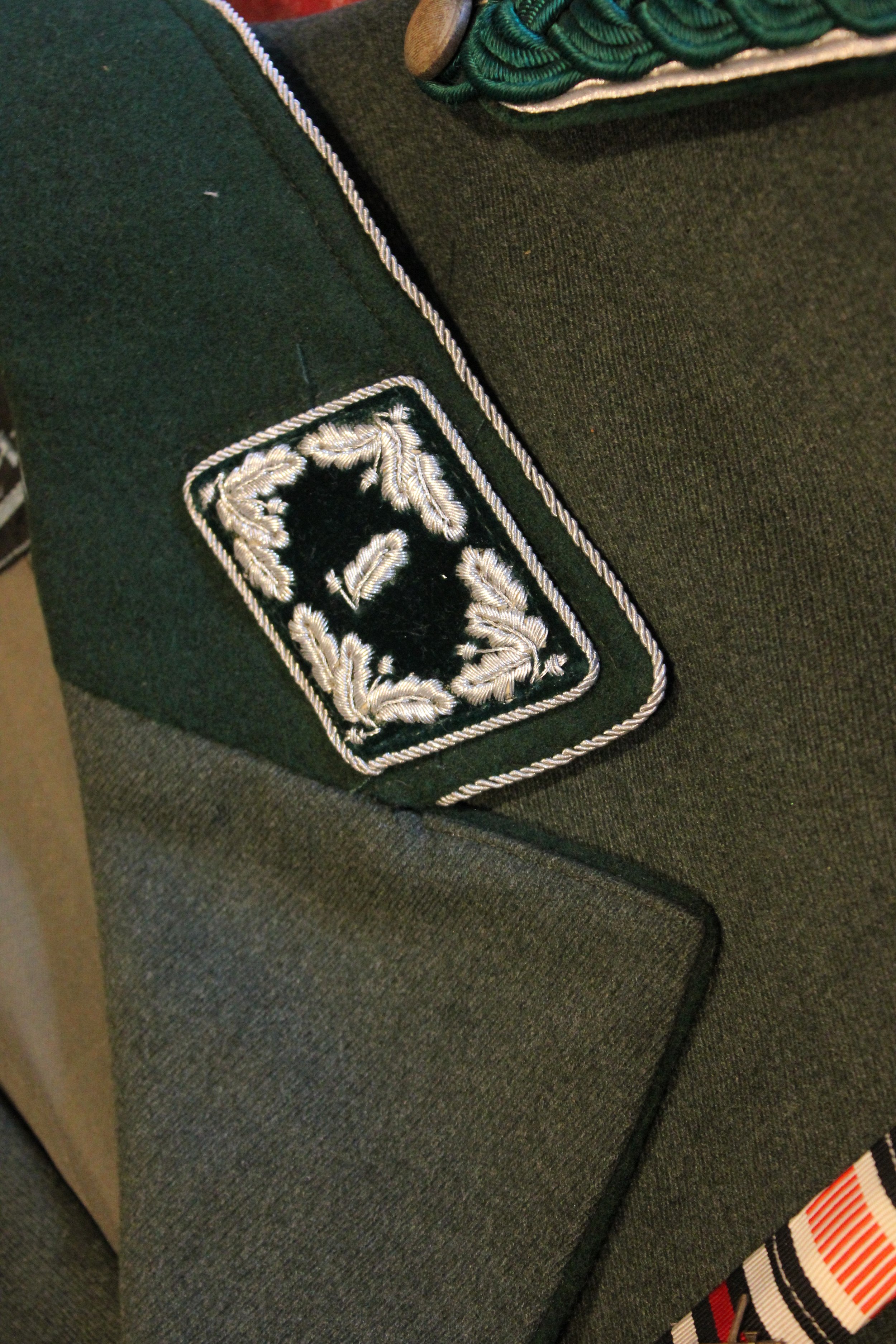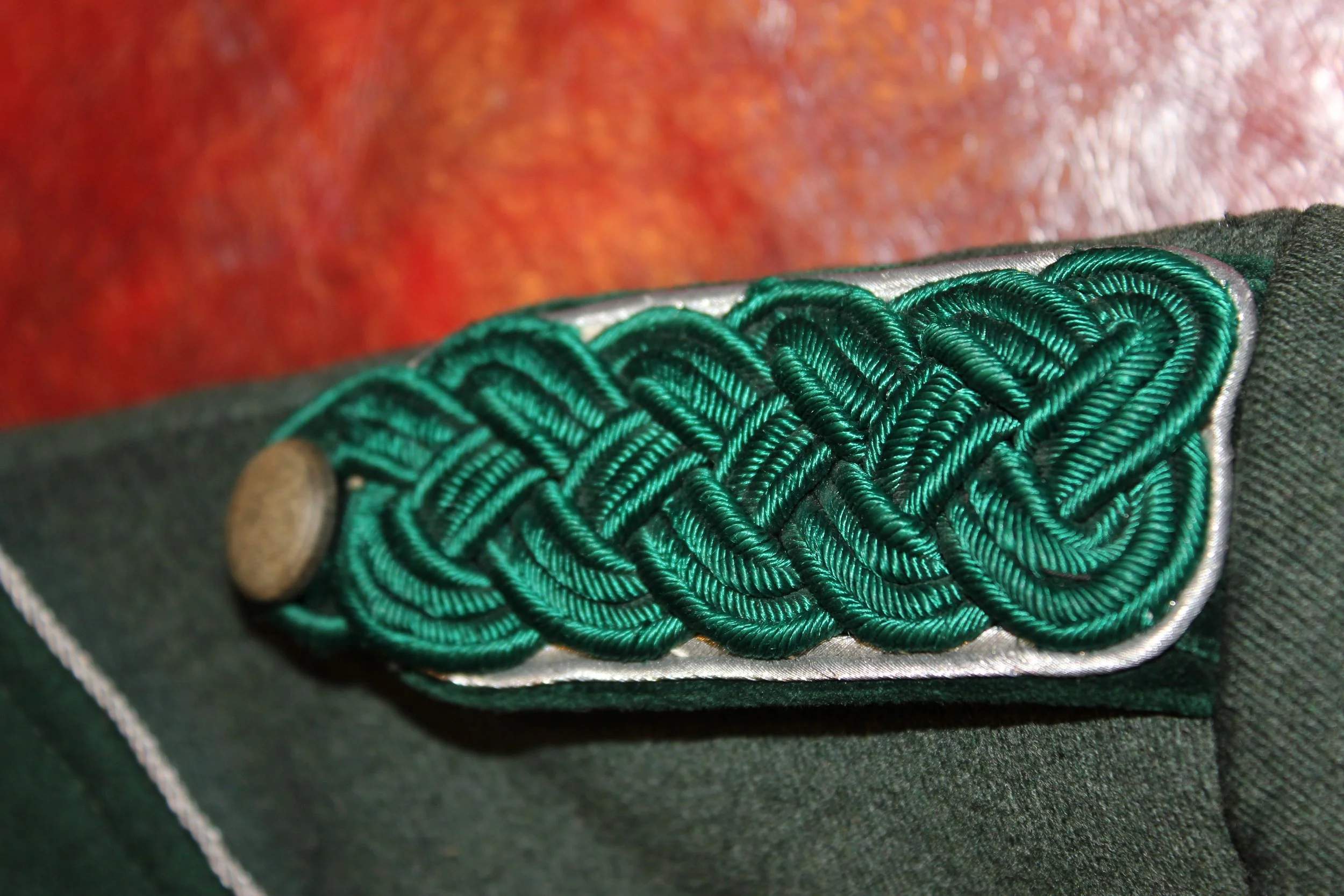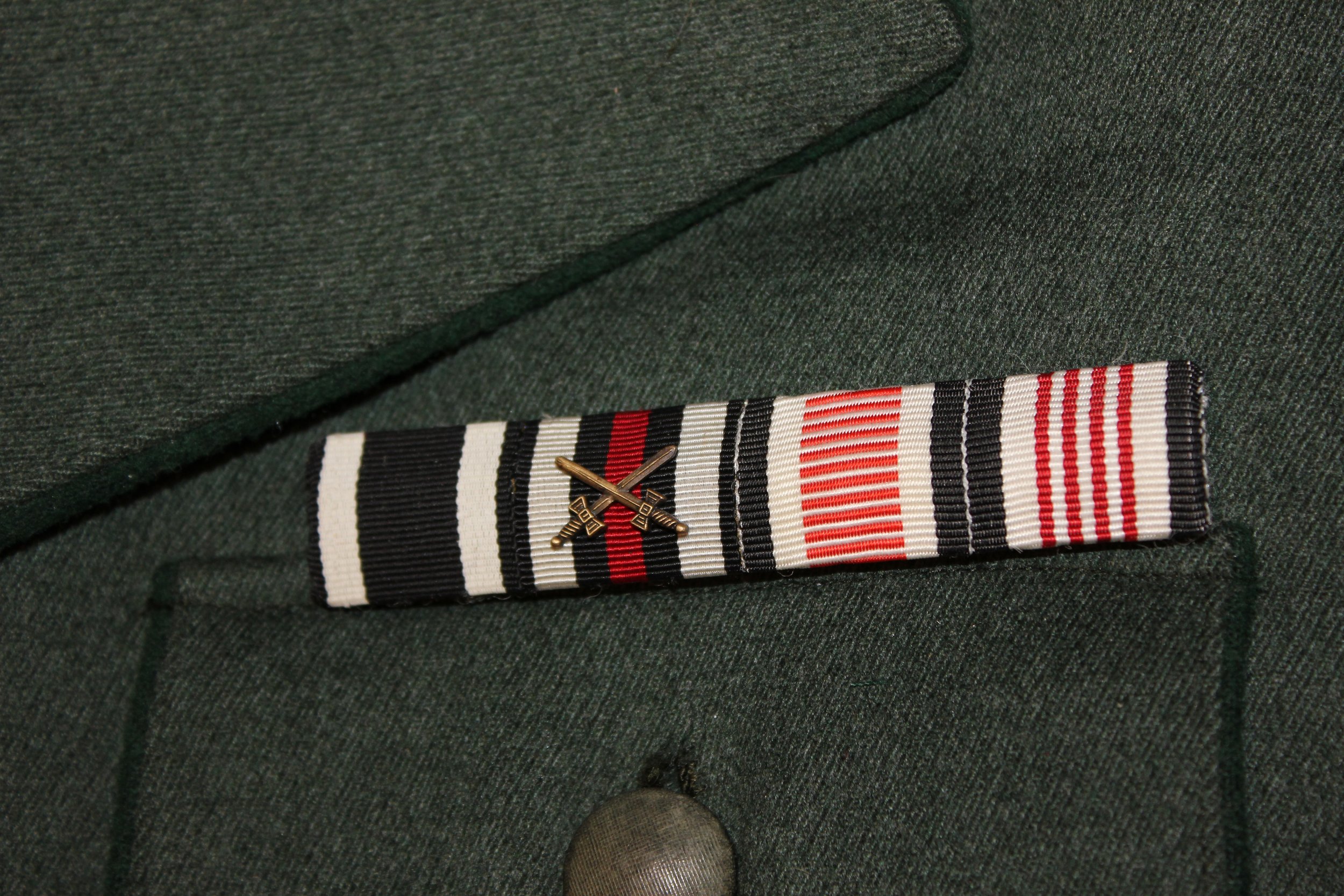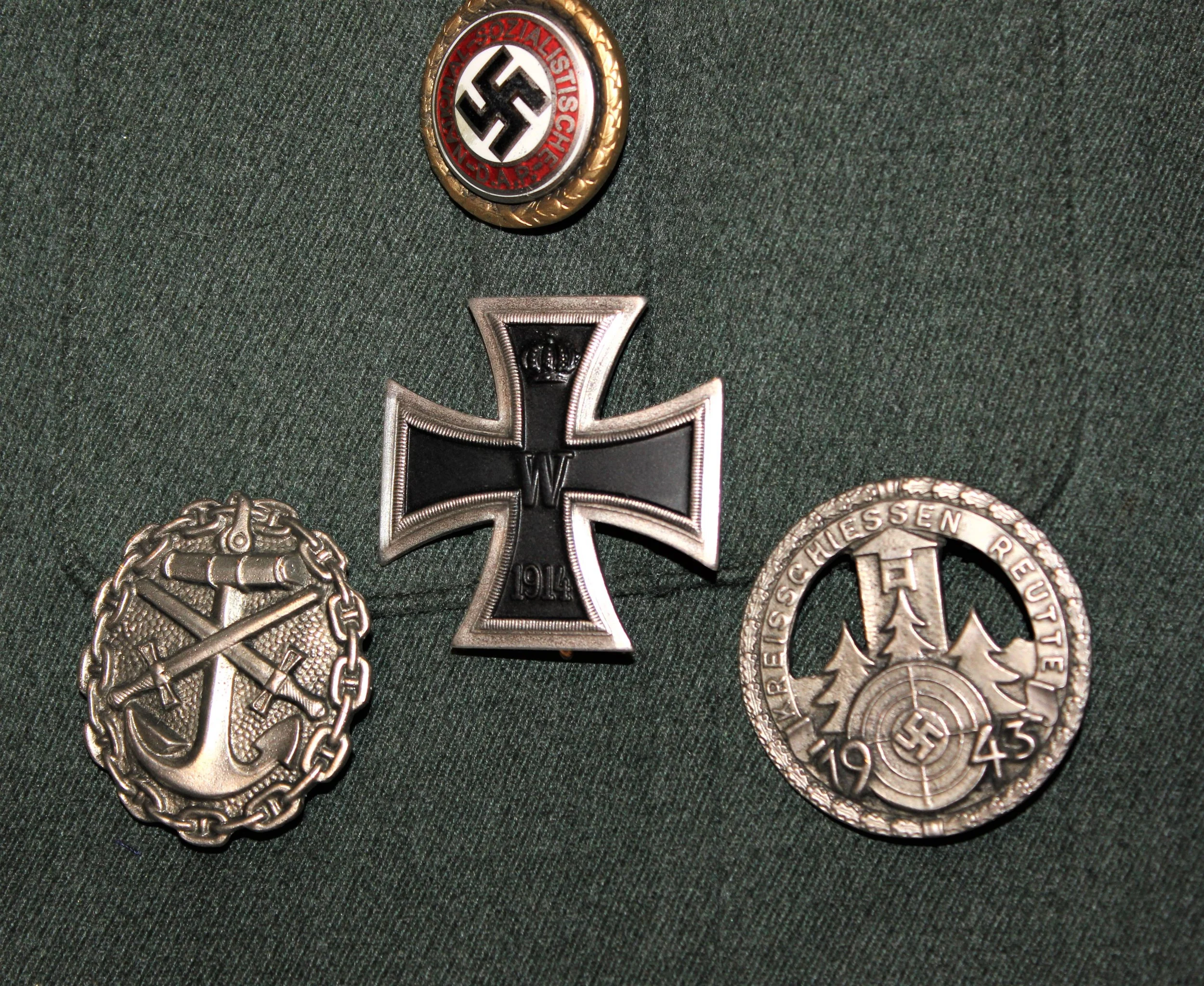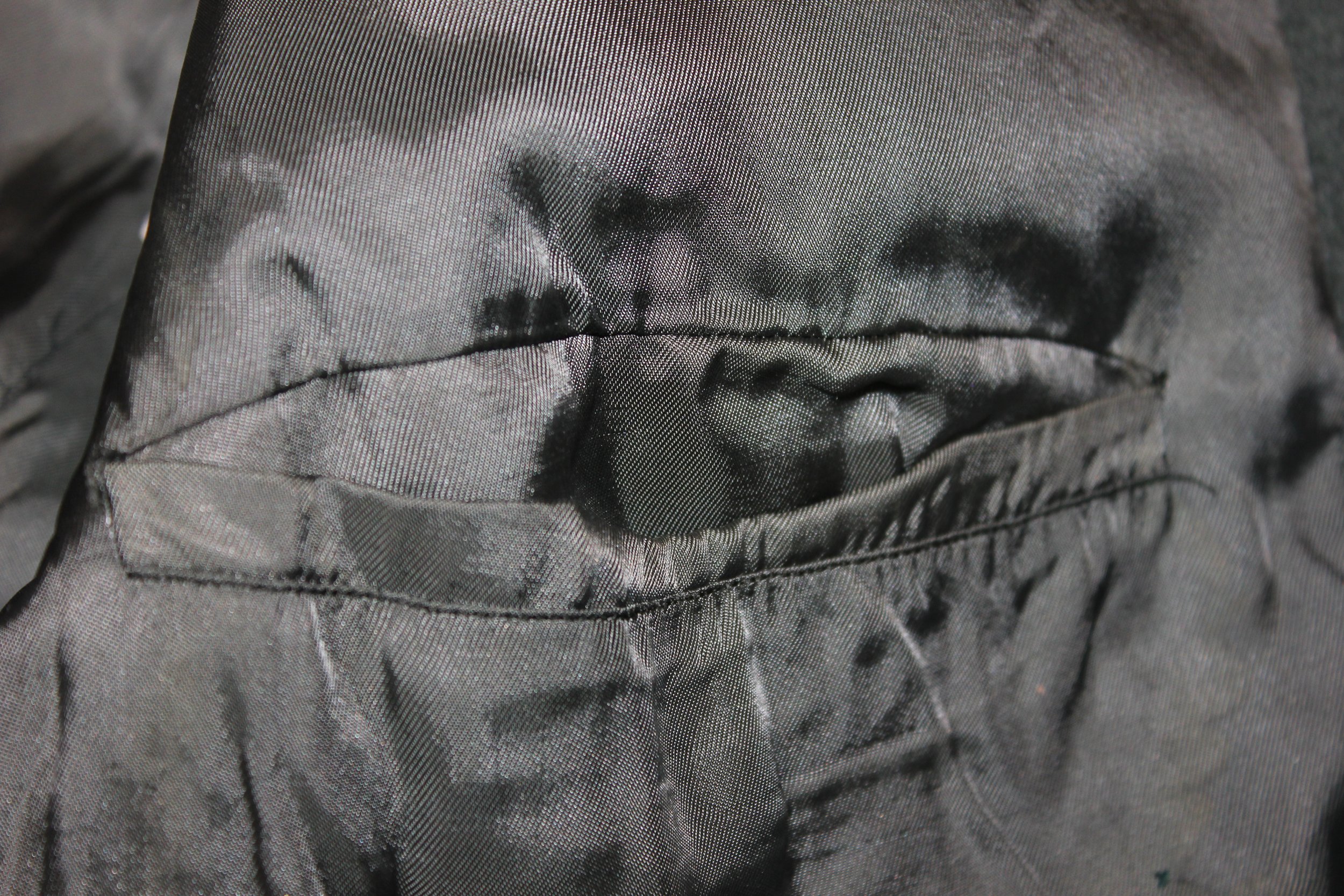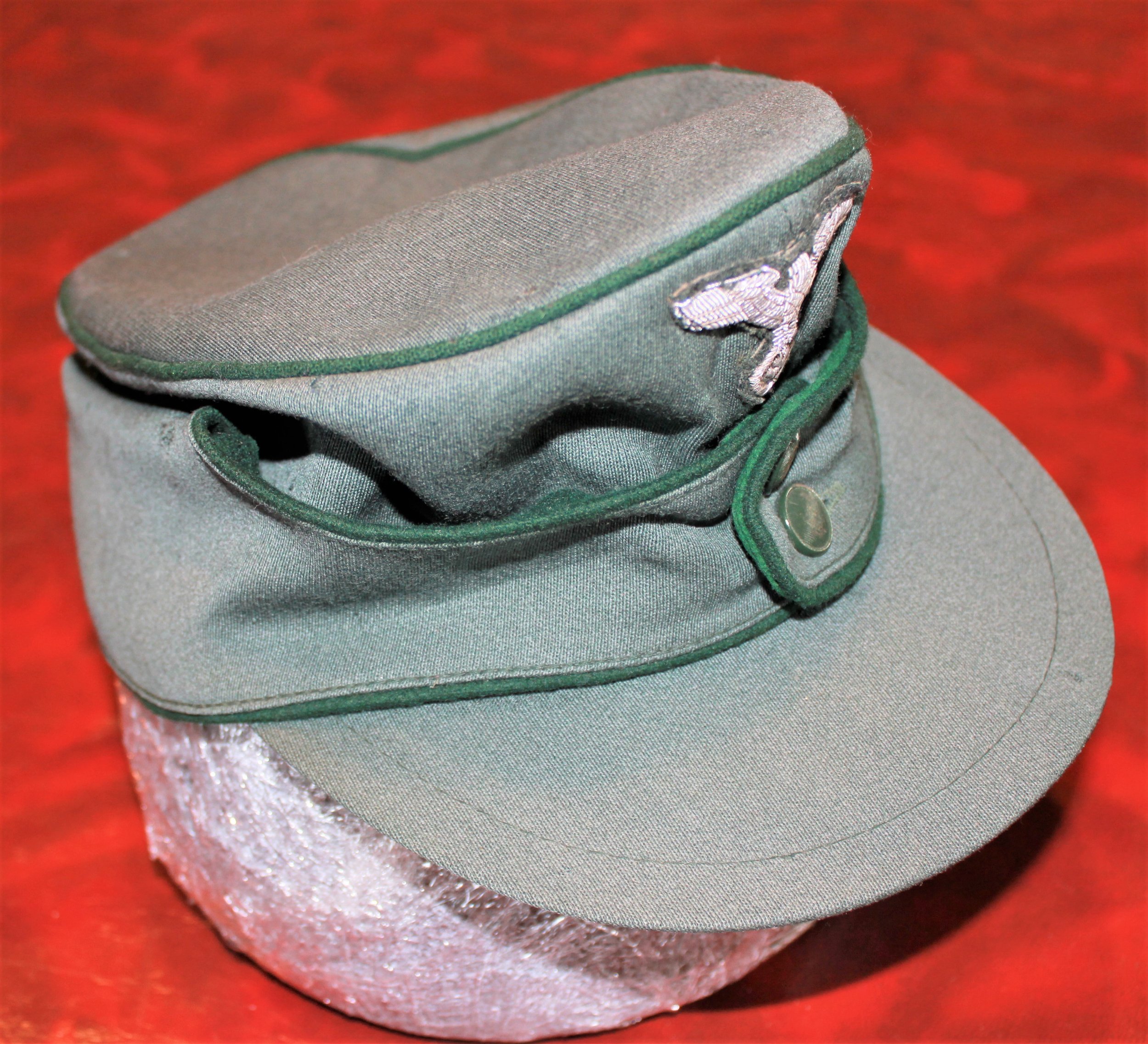German Customs & Forestry of WWII:
German, (RSV) Reichsfinanzverwaltung (Land Customs):
The German ‘Customs Service’ can be traced back to when a Customs Union was formed to allow the separate German States to trade amongst themselves without trade tariff taxes while imposing import trade taxes on other European nations. With the unification of the German States into a single nation in 1871, the Customs Service became a national para-military organization, under the control of the Reichsfinanzministerium, (National Finance Ministry), in Berlin.
The National Customs Service was still responsible for imposing and collecting taxes, but was also tasked with the border defense responsibility. In 1936, the Customs Service was reorganized and given further responsibilities on the border. The German Customs Service was divided into two separate branches, one branch consisted of the Landzollbeamte, (Land Customs Officials), which was sub-divided into the Zollgrenzschutz, (Land Customs Border Guards), and the Wasserzollbeamte, (Water Customs Officials), the second branch consisting of the remaining Zollbeamte, (Customs Officials). All Customs personnel below the rank of General were issued with an identifying cuff title to be worn on the left sleeve of the service tunic.
This ‘Zollbtriegsassistent’ wears the Schirmmutz with dark green and silver chinstrap and the Zollgrenzschutz insignia. He has taken part in the Occupation of the Sudetenland.
He has also qualified for das SA-Wehrabzeichen in Silber, which indicates he has earned the badge 5 times and is older than 35 years of age. On his cuff, the green Zollgrenzschutz title with the National-Eagle with its up-turned wings. This was worn by the various Customs personnel on the left sleeve.
He wears Steingrau trousers with shoes for office duties, but could wear breeches and boots for more special occasions.
Forstassessor Hoherer Dienst-Gemeinde Dienst:
Forestry and hunting in Germany enjoy a long, illustrious history and tradition that continues to the present day. On July 8th, 1933, Hermann Goring was appointed as Reichsforst und Jagdmeister. Goring was in charge of the Reichsforst (National Forestry Department), with the mandate of administration of all aspects of forestry and hunting, including the development, maintenance, and conservation of all forests and wild game within Greater Germany. Originally, each German State had its forestry service with different mandates and regulations, which were to become standardized after the NSDAP Reichsforstamt.
The Reichsforstamt was subdivided into four main branches of service consisting of the Gemeinde Forst Dienst (General Forestry Service), the Private Forestry Service, the Heers Forst Dienst (Army Forestry Service), and the Luftwaffe Forst Dienst (Air Force Forestry Service). The Reichsforstamt would be comparable to most nations’ forest ranger and/or forestry services. Each of the four forestry branches of service provided the same functions, with the main difference being the particular parcels of land and the corresponding wildlife each was responsible for. As the designations indicate, the Heers Forst Dienst and the Luftwaffe Forst Dienst were responsible for the parcels of land owned by the respective branches of service, while the Gemeinde Forst Dienst was responsible for all Public/Government-owned properties. The Privat Forst Dienst was responsible for all the privately owned property, with the main difference being that all were charged to the particular property owner. Personnel serving with assorted forestry services were organized into two basic, authoritative positions consisting of Operational Officials, being classed as medium and elevated career levels, and Administrative Officials. The two positions were subdivided into career level and personnel.
Although independent of each other, all four branches of the forestry service had the same mandate, and personnel had specific, although similar, uniforms, insignia, and equipment. Established in March 1940 the FSK, Forstschutzkommando, (Forest Protection Command), was a para-military organization under command of the Reichsforstamt, (National Forestry Department), and was tasked with protection, including the apprehension of poachers and unauthorized personnel, (potential partisans), within the woodlands as well harvesting and transportation preparation of forestry resources of the Generalgouvernement, (Sections of Occupied Poland). Personnel, serving with the FSK, wore uniforms and insignia similar to those of the other Forestry Departments, but were also allotted an identifying cuff title to be worn on the lower left sleeve.
This Forstassessor Hoher Dienst wears the final pattern uniform adopted by the service. The M43 style cap has been adopted for standard wear, replacing the standard Jagermutz. A decorated and wounded former Kriegsmarine veteran of the 1914-18 War, his postwar service has taken him away from the sea. An early member of the Eisernerskreuz I Klass and the 1914 Verwundet Abzeichen fur Marine in Silber, he also wears a local shooting award. He probably had a dress issue, Forester dagger as well, and black shoes.
